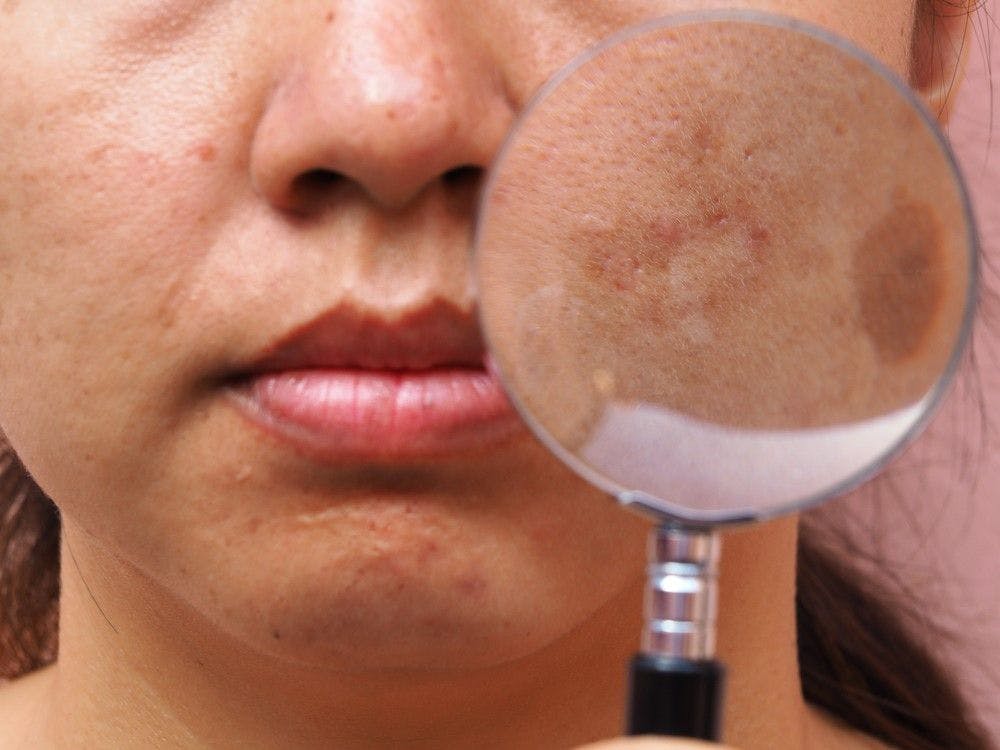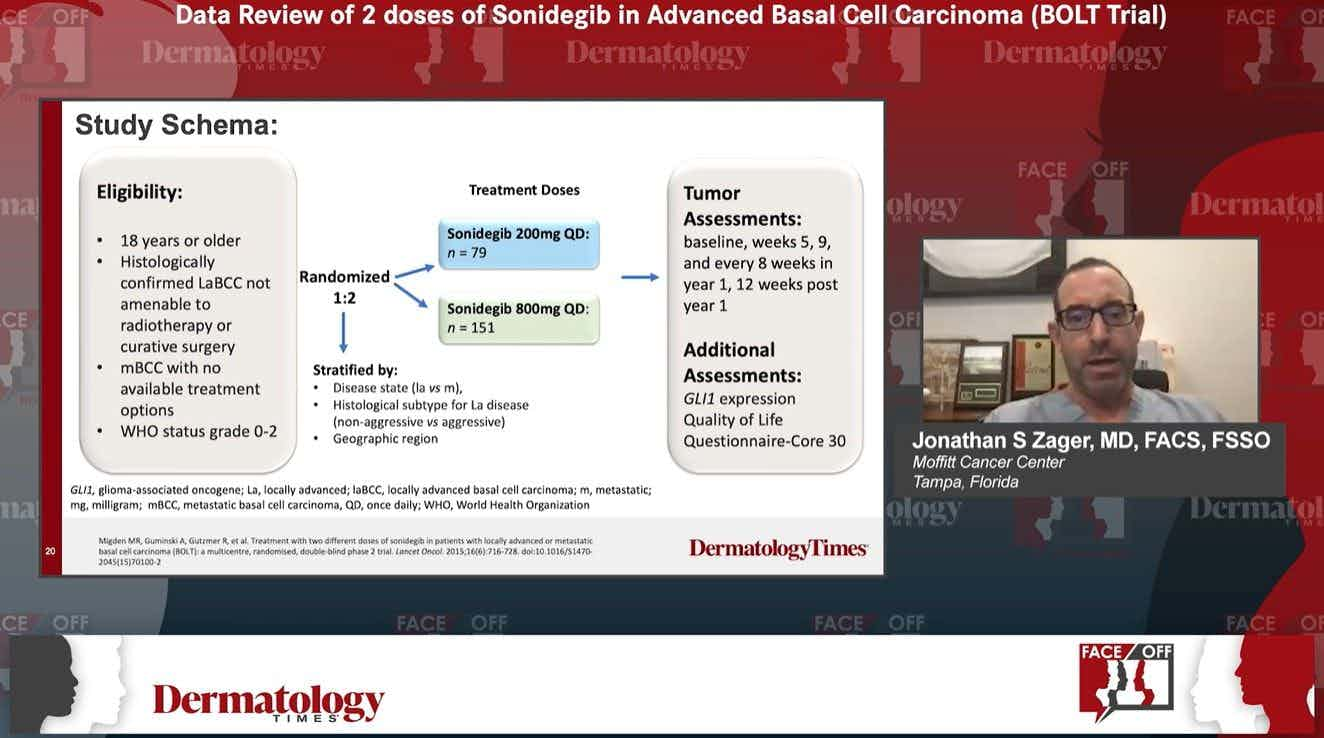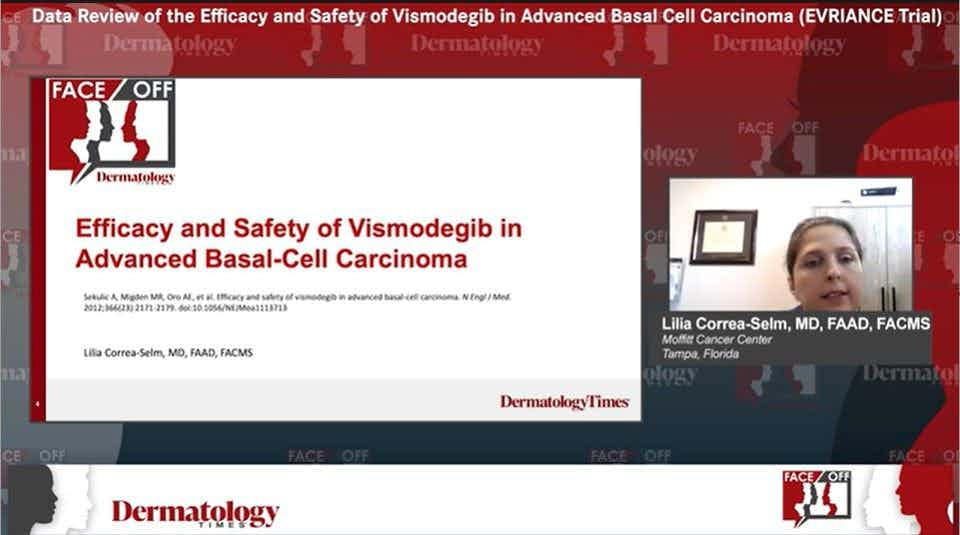- Acne
- Actinic Keratosis
- Aesthetics
- Alopecia
- Atopic Dermatitis
- Buy-and-Bill
- COVID-19
- Case-Based Roundtable
- Chronic Hand Eczema
- Chronic Spontaneous Urticaria
- Drug Watch
- Eczema
- General Dermatology
- Hidradenitis Suppurativa
- Melasma
- NP and PA
- Pediatric Dermatology
- Pigmentary Disorders
- Practice Management
- Precision Medicine and Biologics
- Prurigo Nodularis
- Psoriasis
- Psoriatic Arthritis
- Rare Disease
- Rosacea
- Skin Cancer
- Vitiligo
- Wound Care
Publication
Article
Dermatology Times
PV and non-melanoma skin cancer link described in study
Author(s):
Cutaneous papillomavirus (PV) infection plays a key role in the development of non-melanoma skin cancer, German researchers have found. Their studies of PV-infected rodents show a link between cutaneous PV infection, ultraviolet B (UVB) irradiation, and the development of non-melanoma skin cancer. Their study appears in PLoS Pathogens.
The study supports the evolutionary process in which PV contributes “to the first steps by enhancing the probability for tumor formation,” the investigators wrote.
They concluded that theirs “is the first study showing cooperation between cutaneous PV infection and UVB radiation in SCC [squamous cell carcinoma] formation in naturally infected animals. It can be considered as a paradigm for a frequent cancer initiated by a cutaneous papillomavirus which is finally no longer required to maintain the malignant state, a situation commonly found in SCCs from patients.”
Because SCCs either completely lack human papillomavirus (HPV) DNA or only a few cells are virus positive, skepticism abounds about HPV’s role in the etiology of non-melanoma skin cancer.
They used a rodent model with a low rate of spontaneous skin tumors to explore the interplay between PV infection and UVB in PV-infected animals and those not infected. They found that UVB irradiation induced skin tumors only in the PV-infected rodents. Two entities of skin tumors were observed: keratinizing squamous cell carcinomas that resembled keratocanthomas in humans and non-keratinizing squamous cell carcinomas that were more aggressive (grew faster) and developed ulcerations as they grew. PV-infected animals irradiated with a low dose of UVB more often developed keratinizing SCCs whereas those irradiated with a higher dose mainly developed non-keratinizing SCCs.
Because viral load represents a current status that may change during the multi-step process of skin carcinogenesis, the authors determined antibody responses against PV capsids to more reliably detect preceding infection. Animals with well-differentiated KSCCs had the highest titers, which probably reflects a stronger immune exposure due to a productive viral infection. Titers were more dispersed in the group of animals with poorly differentiated non-keratinizing SCCs than in those with keratinizing SCCs, “which may reflect the quantitative loss of PV in these lesions and the absence of a continuous immune challenge,” according to the investigators.
References:
Daniel Hasche, Sonja Stephan, Ilona Braspenning-Wesch, et al. “The interplay of UV and cutaneous papillomavirus infection in skin cancer development,” PLoS. Published: November 30, 2017.https://doi.org/10.1371/journal.ppat.1006723

Newsletter
Like what you’re reading? Subscribe to Dermatology Times for weekly updates on therapies, innovations, and real-world practice tips.



















